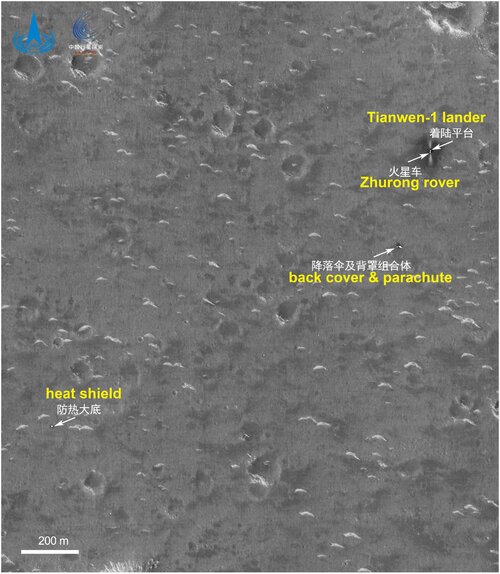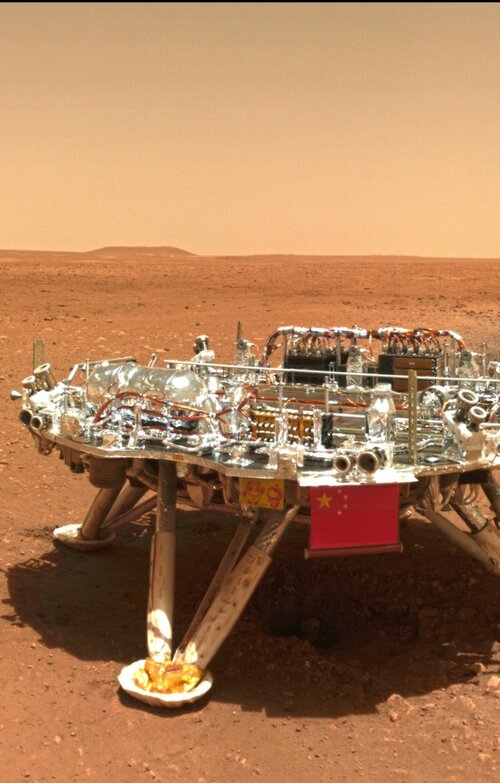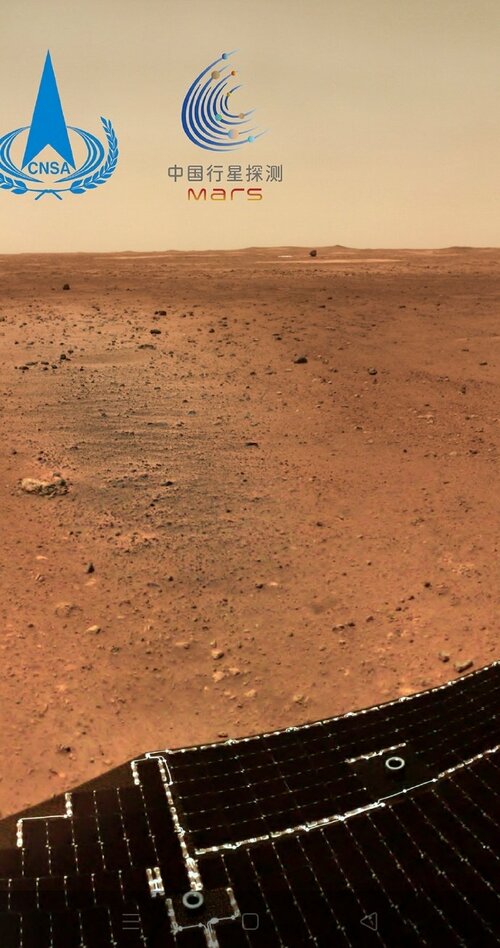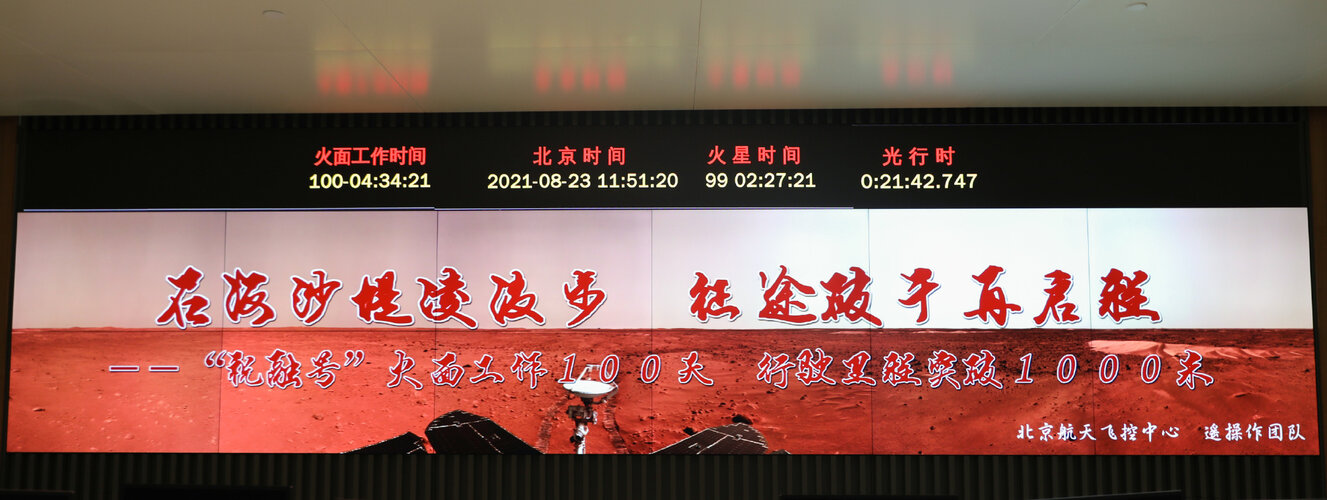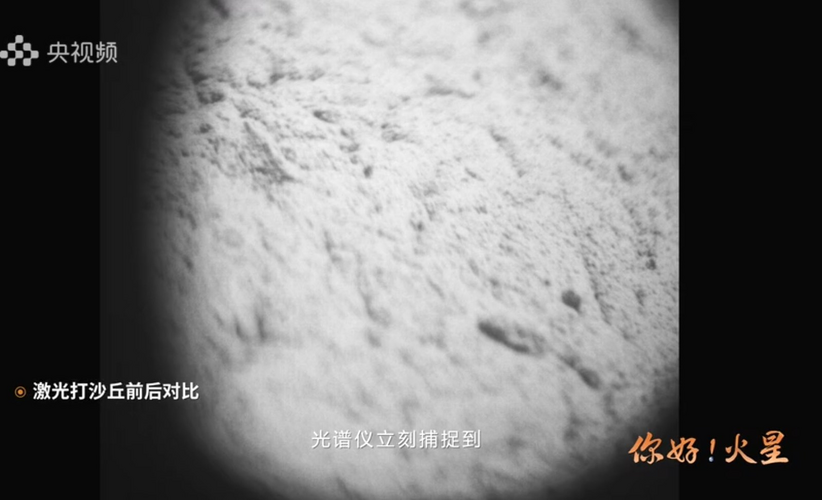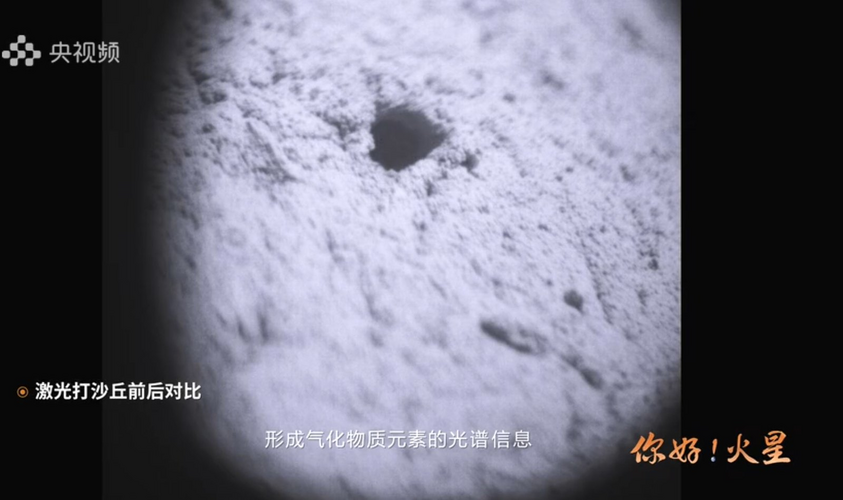Via Slashdot:

Behold! China unveils 1st Mars photos from Zhurong rover
China is only the 2nd nation to successfully soft-land on Mars.www.space.com
To think the Soviets never nailed a correct Mars landing... it wasn't for not trying, grand scale. But flawed, non-hardened microchips and communist idiocy granted complete failure.

